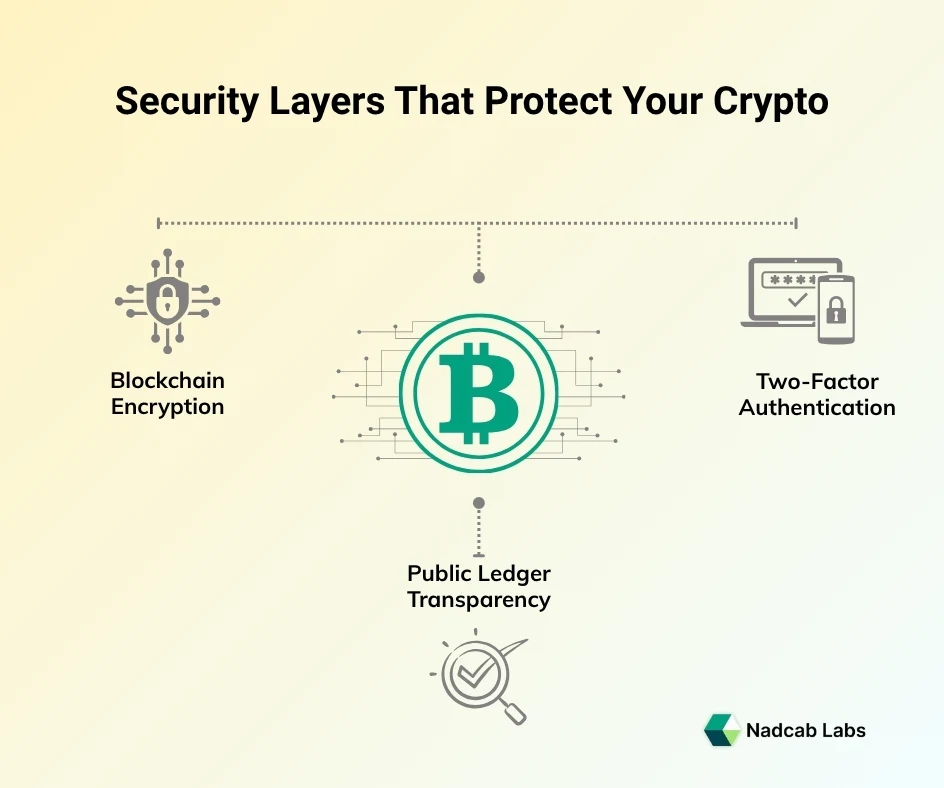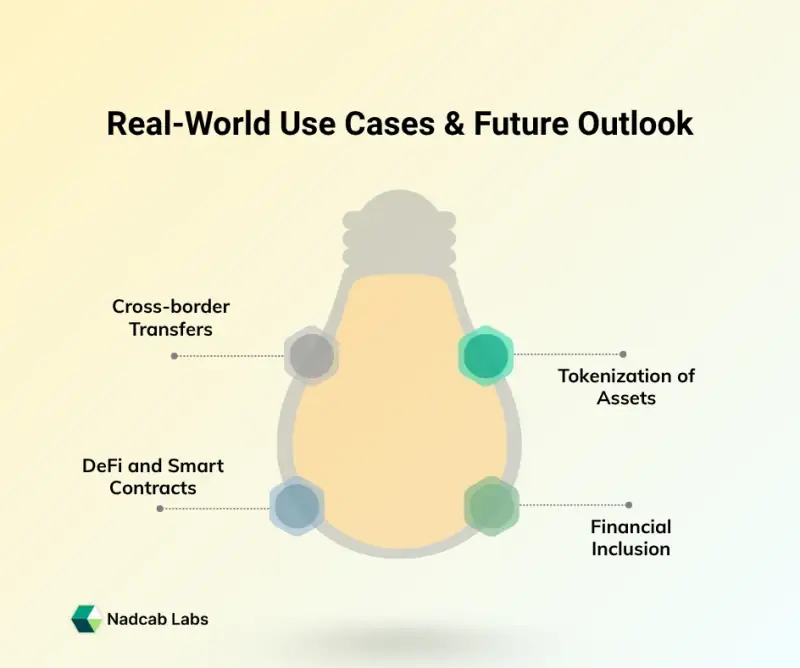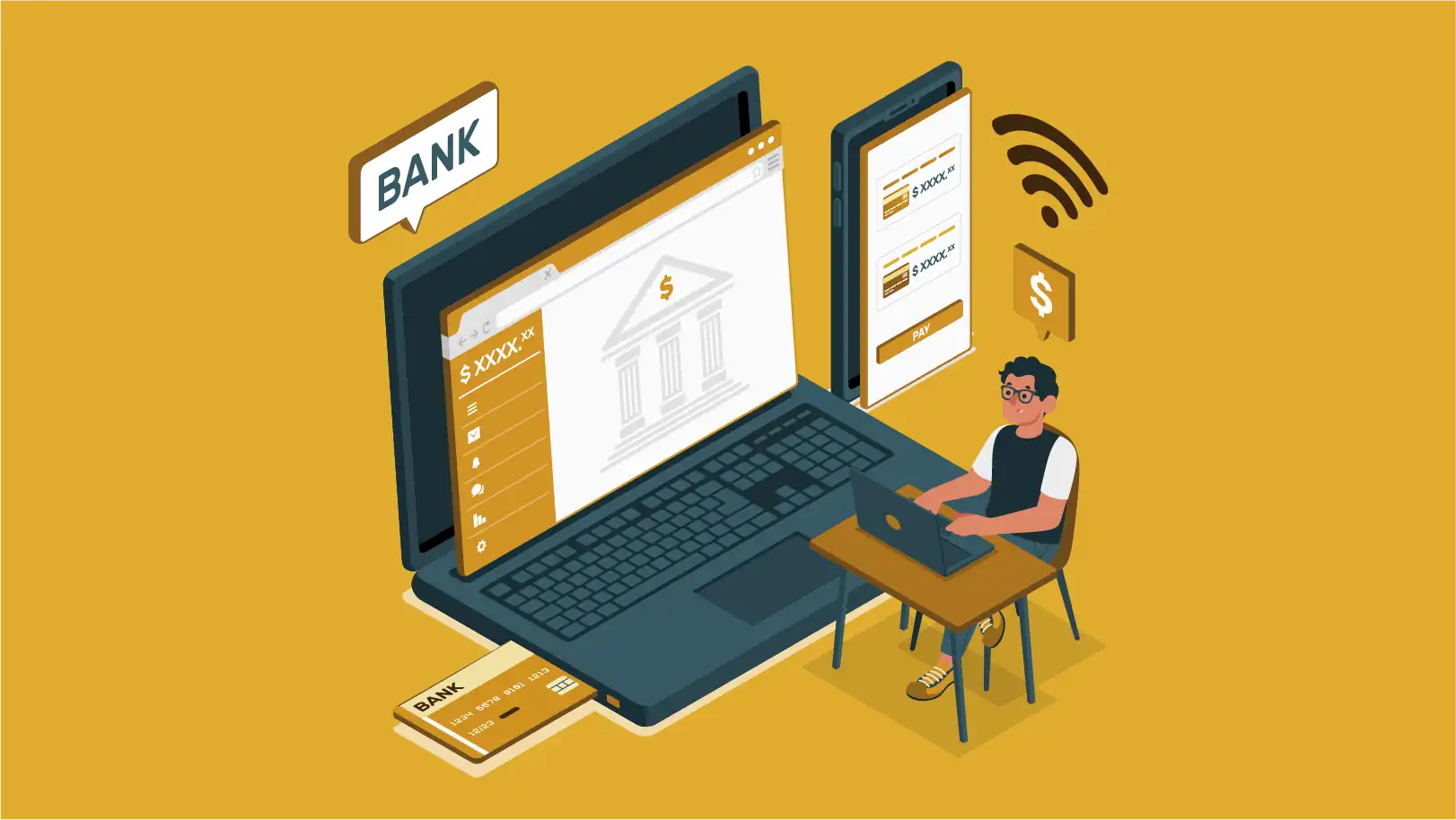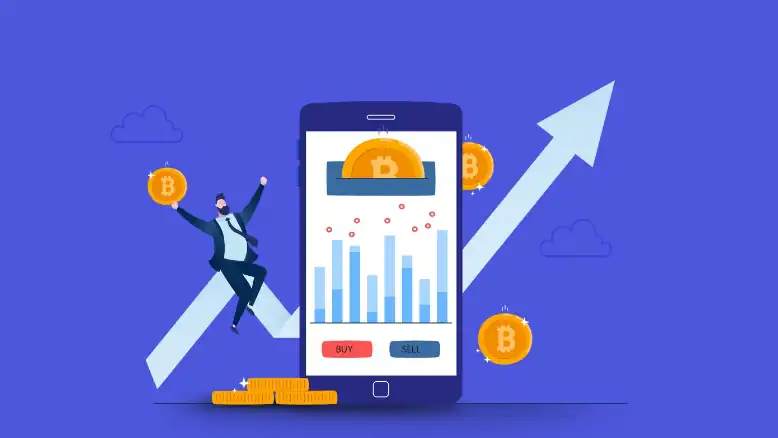
In recent years, the term “Cryptocurrency” has referred to a digital form of money that exists only online, and there are no physical coins or notes. It operates on blockchain technology, a decentralized digital ledger that securely records every transaction. This makes cryptocurrencies transparent, traceable, and nearly impossible to counterfeit or manipulate.
Cryptocurrency allows people to send, receive, and store value online without relying on banks or governments. Instead of intermediaries, transactions happen peer-to-peer, verified through cryptographic algorithms, a process that ensures trust and security across the network.
What is Cryptocurrency?
Cryptocurrency, often called crypto, is a type of digital currency that exists only online. Unlike traditional money issued by banks, cryptocurrency is decentralized, meaning no government, central bank, or single authority controls it. Instead, it runs on blockchain technology, which makes every transaction secure, transparent, and tamper-proof.
People use cryptocurrencies for online payments, global money transfers, investments, and, in many cases, you can even buy real-world products with them. Since crypto operates on a decentralized network, it offers faster transactions, lower fees, and complete ownership of your digital assets — a major reason why it continues to grow in popularity.
Origin of Cryptocurrency
The first and most well-known cryptocurrency, Bitcoin, was introduced in 2009 by the mysterious Satoshi Nakamoto. It laid the foundation for a new era of decentralized finance (DeFi) and thousands of other digital currencies that followed.
What makes cryptocurrencies unique-
-
They use cryptography to secure transactions and manage the creation of new units.
-
They run on public blockchains, ensuring transparency and immutability.
-
They are not controlled by any central authority, unlike traditional fiat currencies such as the US dollar.
For comparison, when you use platforms like PayPal or Venmo, your transactions still pass through banks or financial intermediaries. But with cryptocurrency, you control your funds directly, without any middleman or governing body. This independence, combined with the global accessibility of blockchain, is what makes crypto a truly revolutionary concept.
How Does Cryptocurrency Work?
Cryptocurrencies work on blockchain technology, where every transaction is verified by a decentralized network instead of a bank. This makes crypto secure, transparent, and impossible to manipulate.
2.1 Blockchain & Distributed Ledger
The foundational technology behind most cryptocurrencies is the blockchain, a continuously growing chain of blocks containing batches of validated transactions. Each block is cryptographically linked to the previous block, forming a secure ledger. This ledger is maintained by a network of nodes (computers) rather than a central entity.
Because of this decentralized structure, no single party controls the entire system, which helps resist censorship or unilateral changes.
2.2 Consensus Mechanisms
To add new blocks to the chain, the network uses consensus protocols such as proof-of-work (PoW) or proof-of-stake (PoS). These ensure that transactions are valid and prevent double-spending (i.e., spending the same token twice) without relying on trust in a central authority.
In proof-of-work systems, for example, miners solve complex mathematical problems to validate blocks. In proof-of-stake, validators are chosen based on their stake (ownership) in the network.
2.3 Public & Private Keys, Wallets
Users interact with the network through wallets, which store cryptographic key pairs: a public key (the address others use to send funds) and a private key (which only the owner controls).
When a user signs a transaction with their private key, it proves ownership and authorizes the transfer of the cryptocurrency from their address to another. The transaction is broadcast to the network and eventually included in a block, becoming part of the permanent ledger.
Transaction Flow: Step by Step
Here’s a simplified walkthrough of what happens when someone sends cryptocurrency:
- Alice and Bob each have wallet addresses on a given blockchain network.
- Alice initiates a transfer of some units of the cryptocurrency to Bob’s address by signing a transaction with her private key.
- The transaction is broadcast to the network and enters a pool of unconfirmed transactions.
- A node (or miner/validator) picks up the transaction, along with others, and attempts to add them into a new block by solving the consensus challenge (PoW) or being selected (PoS).
- Once a block is successfully validated and added to the chain, the transaction is marked as confirmed. Bob now sees the funds in his wallet.
- Due to the distributed ledger, transactions are publicly verifiable and cannot be easily reversed, thanks to the cryptographic linking of blocks.

Why People Use Cryptocurrencies
There are several motivations driving adoption and interest:
- Peer-to-peer transactions- Users can send value anywhere in the world without needing banks or intermediaries.
- Decentralization and censorship resistance- Because no single authority controls the network, it is harder for governments or organizations to censor transactions or freeze funds (depending on the asset).
- Financial innovation- Cryptocurrencies underpin many emerging systems such as tokenized assets, decentralized finance (DeFi), and smart-contract-enabled applications.
- Speculation and investment- Many users also purchase digital assets hoping for appreciation in value, akin to investing in commodities or stocks. As the Reserve Bank of Australia notes: “Activity in cryptocurrency markets has increased significantly… fascination… appears to have been more speculative.”
Market Ecosystem & Key Terminology
To fully understand cryptocurrencies, it’s important to recognize some key ecosystem components and terminology:
- Market cap- A common metric that equals the total circulating supply of a cryptocurrency multiplied by its unit price. It gives a sense of the asset’s scale within the network and the broader ecosystem.
- Trading platforms & exchanges- These platforms allow users to buy, sell, or swap cryptocurrencies. They serve as gateways between fiat currencies and crypto assets.
- Volatility and supply dynamics- Many cryptocurrencies have limited total supply (for example, Bitcoin’s cap of 21 million units) and changing demand, leading to higher price swings than in traditional markets.
For example, the value of cryptocurrencies is not backed by any physical asset or central bank guarantee, but rather by the market’s willingness to trade and exchange them.
Risks and Limitations
Despite the potential, cryptocurrencies also present important risks and limitations-
- Regulatory and legal uncertainty– Because many jurisdictions are still clarifying how to classify and regulate these assets, users and investors may face changing rules.
- Security risks– While the blockchain itself is secure, wallet hacks, loss of private keys, and phishing attacks remain real threats.
- Volatility– Rapid price swings are commonplace. Values can drop substantially in short timeframes.
- Environmental concerns– Certain consensus mechanisms (e.g., proof-of-work) require large amounts of energy, raising sustainability questions.
- Usage limitations– Although some merchants accept cryptocurrencies, they are still not widely used as a general means of payment, making them less reliable as money in the traditional sense.

Cryptocurrency uses have evolved beyond just peer-to-peer payments. Some notable areas:
- Cross-border transfers– Because they bypass intermediate banks, cryptocurrencies can reduce costs and speed up international transfers.
- Tokenization of assets– Real-world assets (real estate, art, commodities) are increasingly being represented by tokens on blockchain networks, enabling fractional ownership and broader access.
- DeFi and smart contracts– Platforms built on chain networks allow lending, borrowing, and yield generation without traditional banks. These ecosystems leverage crypto-infrastructure for innovation.
- Financial inclusion– In regions with limited banking infrastructure, digital assets may provide access to savings, payments, and value storage for under-banked populations.
Looking ahead, the broader adoption and integration of digital assets will depend on improved regulation, scalability, energy efficiency, and user education. The technology is still maturing, and its true impact is likely still ahead.
Ready to Build Your Own Cryptocurrency?
Talk to Our ExpertsSummary
In summary, cryptocurrency represents a transformative shift in how we think about money, value transfer, and financial infrastructure. By combining cryptography, decentralized ledger technology, and economic incentives, these digital assets enable peer-to-peer value exchange without traditional intermediaries.
Here’s what you should take away:
- Cryptocurrencies function on decentralized networks and derive much of their value from technology and network consensus rather than central issuance.
- Blockchain, consensus protocols, and cryptographic keys are the technological pillars enabling secure and transparent transactions.
- The ecosystem includes marketplaces, trading platforms, wallets, and a range of real-world applications, all of which contribute to the evolving landscape.
- While opportunities are enormous (global payments, asset tokenization, financial innovation), risks are significant and should not be overlooked.
- For individuals, institutions, and governments alike, staying informed, cautious, and proactive is key as the space continues to evolve.
With this foundation, you are better equipped to understand how cryptocurrencies operate, their potential impact, and the strategic considerations surrounding their use. As the digital-asset space moves forward, keeping a balanced view of innovation and risk will be increasingly valuable.
Note: This article is for informational purposes only and does not constitute financial advice. Consider your own circumstances and consult a qualified professional before engaging in cryptocurrency investments or transactions.
Frequently Asked Questions
Cryptocurrencies are built on blockchain, which is highly secure due to cryptography and decentralized validation. However, users must still safeguard their wallets and private keys, as hacks, phishing, or scams can occur if proper security measures aren’t followed. Using trusted wallets and exchanges can enhance safety.
Cryptocurrency is a digital form of money that utilizes blockchain technology to record and verify transactions securely. It operates on decentralized networks, allowing peer-to-peer transactions without relying on banks or central authorities. Each transaction is verified through cryptographic algorithms and added to a public ledger known as the blockchain.
The key benefits include faster global transactions, reduced fees, decentralization, transparency, and increased accessibility for people without traditional banking access. Additionally, blockchain-based platforms enable innovations like DeFi, smart contracts, and tokenized assets.
Cryptocurrencies are used for cross-border payments, decentralized finance (DeFi) platforms, smart contracts, tokenization of assets like real estate or art, and financial inclusion for the unbanked population. Many businesses also accept crypto as payment for goods and services.
Unlike traditional (fiat) currencies issued by governments, cryptocurrencies are decentralized and operate on peer-to-peer blockchain networks. They are not controlled by central banks, and transactions are verified by network participants instead of intermediaries.
Cryptocurrency investments are volatile prices can rise or fall drastically in short periods. Other risks include regulatory uncertainty, loss of private keys, exchange hacks, and lack of consumer protection compared to traditional financial systems.
Reviewed By

Aman Vaths
Founder of Nadcab Labs
Aman Vaths is the Founder & CTO of Nadcab Labs, a global digital engineering company delivering enterprise-grade solutions across AI, Web3, Blockchain, Big Data, Cloud, Cybersecurity, and Modern Application Development. With deep technical leadership and product innovation experience, Aman has positioned Nadcab Labs as one of the most advanced engineering companies driving the next era of intelligent, secure, and scalable software systems. Under his leadership, Nadcab Labs has built 2,000+ global projects across sectors including fintech, banking, healthcare, real estate, logistics, gaming, manufacturing, and next-generation DePIN networks. Aman’s strength lies in architecting high-performance systems, end-to-end platform engineering, and designing enterprise solutions that operate at global scale.





